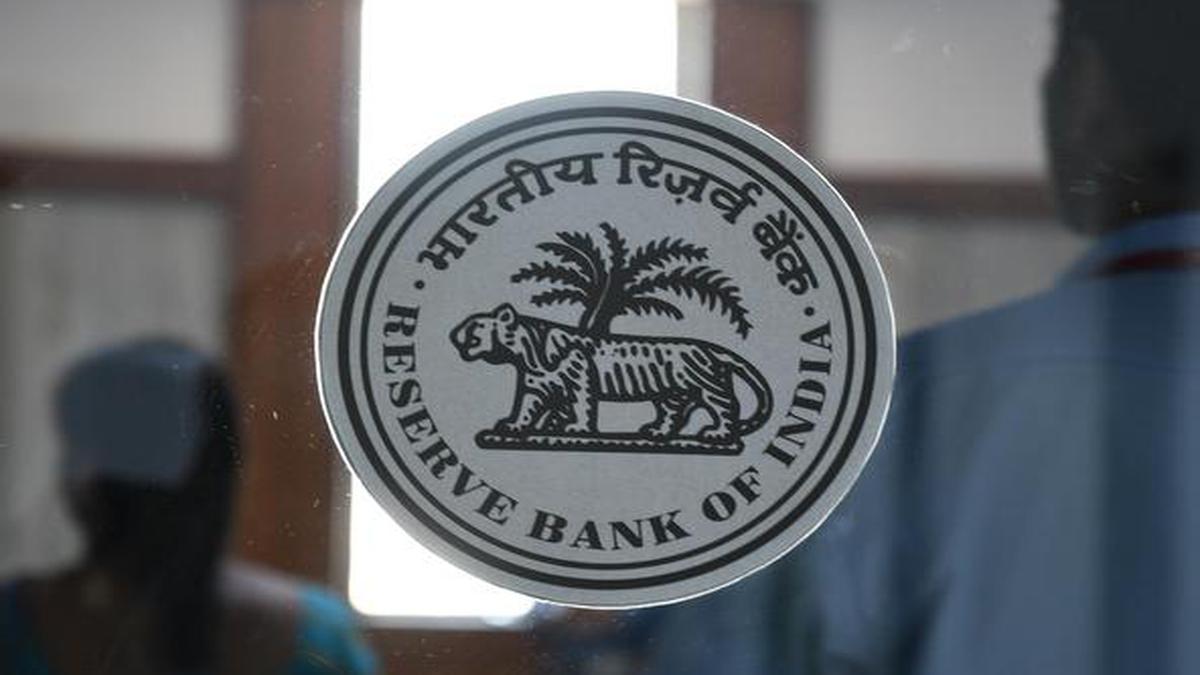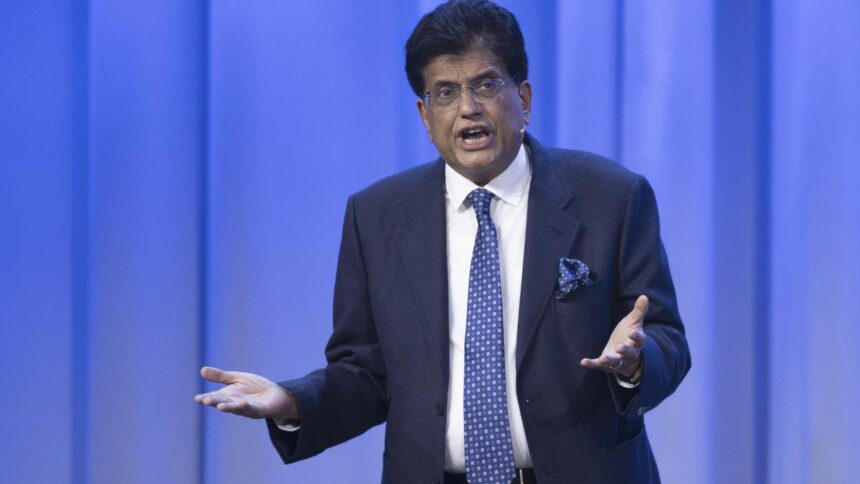
A logo of Reserve Bank of India at the RBI headquarters in Mumbai. File
| Photo Credit: The HIndu
The Reserve Bank of India (RBI) publishes data on financial assets and liabilities of households across India.
A disturbing trend it shows is net financial savings of households, as a percentage of GDP, is declining. Let us understand more about it.
Q1 of 2020-21, i.e. April-June 2020, was peak of lockdown and economic slowdown. In these months, net financial assets i.e. incremental flows were, surprisingly, higher than usual. It was 15% of GDP. GDP was itself lower due to economic contraction which contributed to it. In absolute terms, people saved and invested in financial assets, so the ratio was higher. In July-September 2020, net financial assets were lower at 11.7% of GDP. In October-December, net financial asset flows slid to 8.5% GDP. This is counter-intuitive.
At the height of lockdown when people were losing jobs and small businesses closing down, how can savings be higher? This is not usual behaviour. In challenging times, we generate an ‘emergency response’. Over, 2020-21, net financial asset flows were 11.5% of GDP. In 2021-22, it was 7.2% of GDP and in 2022-23, it was 5.1%. In 2023-24, it was slightly better at 5.3%. This also is an interesting trend: when economic growth has revived, why did net financial savings slip? People are availing of loans to fund assets like house or cars. The dip in savings, is net of financial liabilities. In 2020-21, financial assets were 15.4% of GDP; net of financial liabilities of 3.9% of GDP, it was 11.5%. Financial liabilities, from 3.9% of GDP in 2020-21 and 3.8% in 2021-22, rose to 5.9% of GDP in 2022-23 and 6.4% in 2023-24. When economy is growing, why do people need more loans? This concerns behavioural aspect: when one feels more secure, it’s time to improve lifestyle even with debt.
RBI report
As per a report released by the RBI on June 30, among broad categories of household debt, non-housing retail loans, mostly used for consumption, formed 54.9% of total household debt as of March 2025 and 25.7% of disposable income as of March 2024. Moreover, the share of these loans has been growing consistently over years outpacing housing, agriculture and business loans.
Share of mutual funds in the overall pie is increasing. In 2020-21, MFs were only 2.1% of financial asset flows. In 2021-22, it surged to 6.1% and stayed at 6% in 2022-23. In 2023-24, it moved up to 7%. Household allocation to MFs at ₹17.3 lakh crore in March 2021 rose to ₹33.9 lakh crore in March 2024.
Takeaways, suggestions
The data reflects collective financial behaviour of people. However, you should have your own justification for behaving the way you do. The basis must be financial planning, preferably with inputs from a professional financial planner. The basic tenets are:
1) When you consider leverage to finance an asset, it is about quality: is it likely to maintain value or depreciate fast or is it just to fund a lifestyle? Real estate is the only asset that may appreciate in value.
2) If you are leveraged, EMIs should not exceed 40% of income.
3)Having an emergency corpus, equivalent to six or 12 months income, is important. It should be built in times of peace, not in times of war.
4) Investments must be distributed more to ‘growth assets’ like MFs than contractual return ones like deposits
5) Start systematic investment plan.
6)When you have surplus cash, it is better to pre-pay loans and cut EMIs. Return on investments, particularly contractual-return ones like bank deposits yield less than EMI interest.
Conclusion
Taking on liabilities to fund assets is a mixed bag. As long as EMIs are within a threshold of income and the asset is adding value, you may go ahead with it. However, assuming liabilities to fund lifestyle or conspicuous consumption is risky.
(The writer is a corporate trainer and author)
Published – July 14, 2025 06:18 am IST























